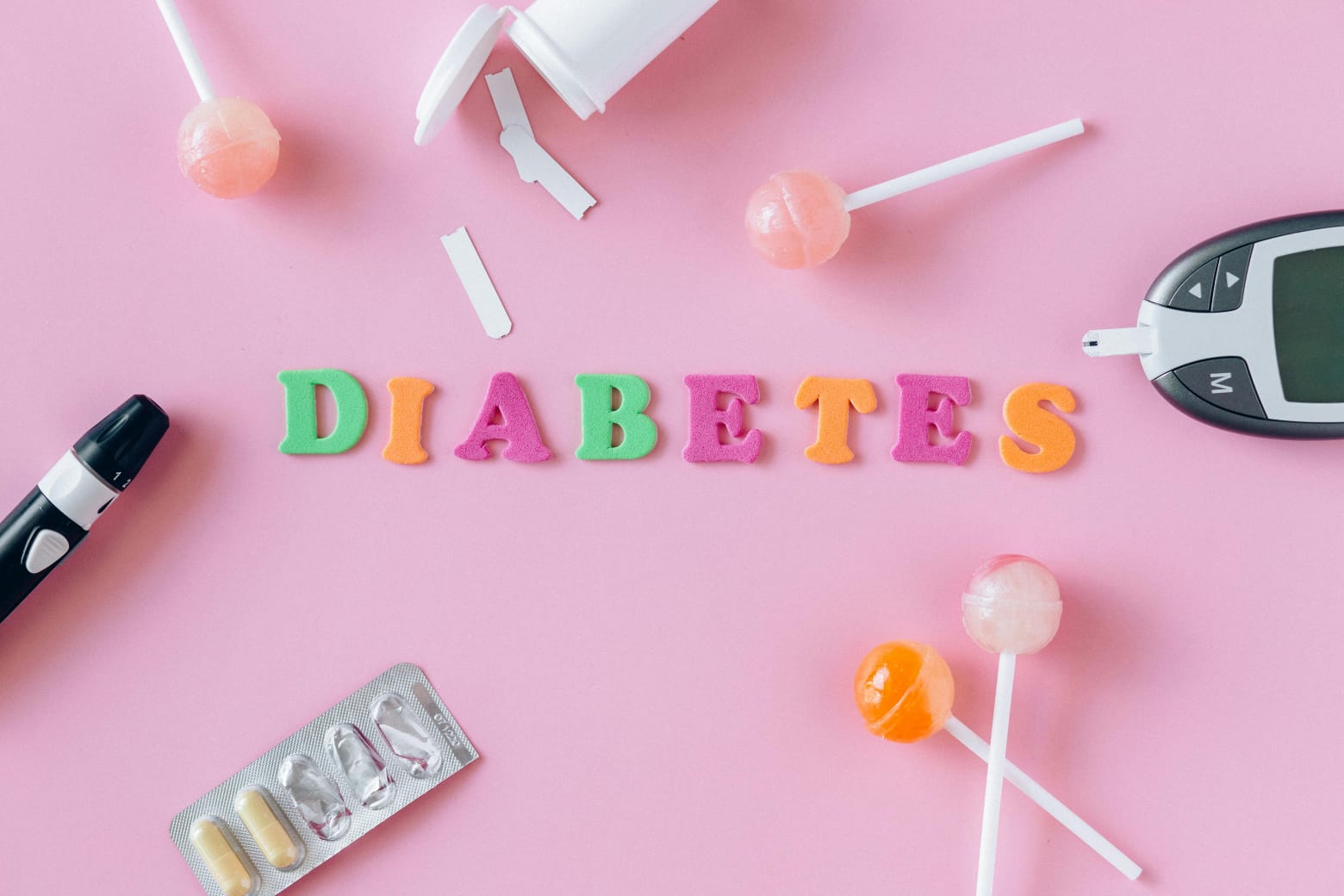Diabetes is now one of the most common chronic health conditions in the world, affecting millions of people of all ages and walks of life. Yet, despite how widespread it is, many people still don’t fully understand what diabetes really means, what causes it, or how it affects the body. This article will try to explain the basic concepts of diabetes in simple terms.

What is diabetes?
Diabetes is also known as diabetes mellitus. It is a metabolic disorder and a chronic disease. It usually occurs when our body does not use insulin properly or does not produce enough insulin. Insulin is a hormone normally produced by our pancreas that helps control the level of glucose (sugar) in the blood. When our body breaks down carbohydrates into glucose, it enters the bloodstream. Insulin acts like a key that allows glucose to enter our body’s cells to be used for energy. If our body does not produce enough insulin, the cells will stop functioning and the glucose absorbed by the cells will accumulate in the blood. As a result, our eyes, kidneys, nerves and heart will be very damaged. This is usually a sign of diabetes.
How many types of diabetes are there and what are they?
There are many different types of diabetes, each with different causes and treatments. The three main types are type 1, type 2, and gestational diabetes.
* Type 1 diabetes:
Type 1 diabetes is an autoimmune disease. The body’s immune system mistakenly attacks and destroys the insulin-producing cells in the pancreas. As a result, the pancreas produces little or no insulin. People with type 1 diabetes need daily insulin injections
or an insulin pump to survive. It often develops in childhood or adolescence, which is why it was once called “juvenile diabetes.” However, adults can also get type 1 diabetes.
*Common symptoms include:
Excessive thirst and frequent urination
Sudden weight loss
Fatigue or weakness
Blurred vision
Although there is no cure, proper insulin therapy and monitoring of blood sugar levels can help people with type 1 diabetes live long, healthy lives.
*Type 2 Diabetes:
Type 2 diabetes is the most common form, accounting for about 90-95% of all diabetes cases. It usually occurs in adults, although the disease is becoming more common in younger people due to poor diet and a sedentary lifestyle.
In type 2 diabetes, the body still produces insulin, but the cells become resistant to its effects. Over time, the pancreas cannot produce enough insulin to keep blood sugar levels normal.
*Risk factors include:
Being overweight or obese
Physical inactivity
A family history of diabetes
Unhealthy eating habits
Age (especially over 45 years of age)
Type 2 diabetes can often be controlled or even prevented with lifestyle changes, such as a balanced diet, regular exercise, weight management, and sometimes oral medications or insulin therapy.
*Gestational diabetes:
Gestational diabetes occurs when the body becomes less sensitive to insulin due to hormonal changes during pregnancy. It usually disappears after delivery, but it increases the mother’s risk of developing type 2 diabetes later in life.
Babies of mothers with uncontrolled gestational diabetes may be larger than average and may face health complications at birth. Therefore, it is essential to monitor blood sugar levels regularly during pregnancy.

*Common symptoms of diabetes:
Increased thirst and hunger.
Frequent urination.
Fatigue and weakness.
Blurred vision.
Slow healing of cuts and wounds.
Tingling or numbness in the hands or feet.
*Complications of uncontrolled diabetes:
Without proper treatment, high blood sugar levels can cause long-term complications such as:
Heart disease and stroke.
Kidney damage. (diabetic nephropathy)
Nerve damage. (neuropathy)
Eye damage. (retinopathy)
Leg ulcers and infections.
Increased risk of infection.
*How to manage diabetes:
While type 1 diabetes cannot be prevented, type 2 and gestational diabetes can often be delayed or avoided. Here are some simple but powerful steps to manage or prevent diabetes:
Eat a balanced diet: Eat whole grains, fresh fruits, vegetables, lean protein, and healthy fats. Limit sugary drinks and processed foods.
Exercise regularly: Aim for at least 30 minutes of physical activity most days of the week.
Maintain a healthy weight: Even small amounts of weight loss can make a big difference in blood sugar control.
Get regular tests: Regular blood sugar tests can help detect diabetes in its early stages.
Manage stress and sleep: Both can affect hormone levels and blood sugar control.
Diabetes can be a lifelong condition, but it doesn’t have to define your life. With the right knowledge, regular checkups, and healthy lifestyle choices, people with diabetes can live active and fulfilling lives. Understanding the basic concepts of diabetes can help individuals take control of their health and make informed decisions about their well-being.
